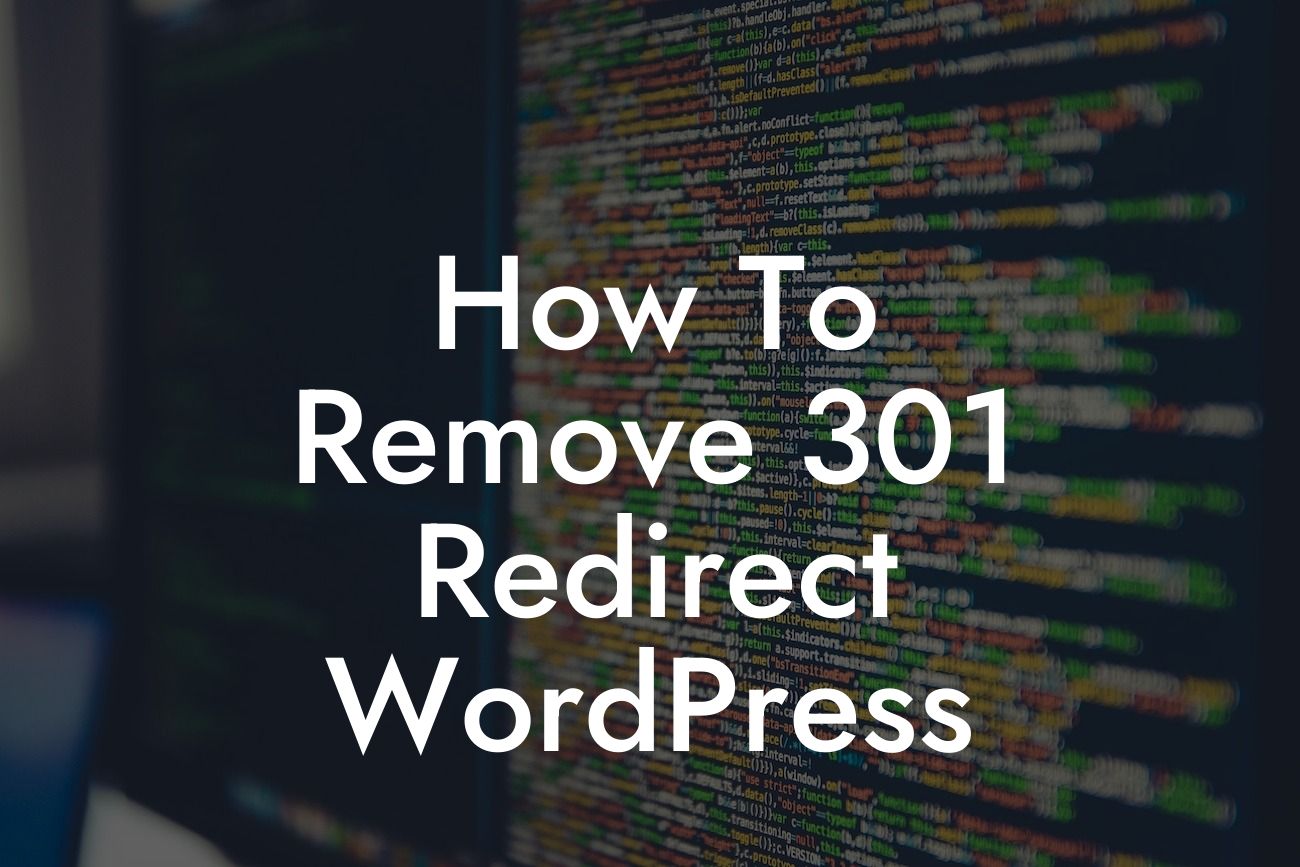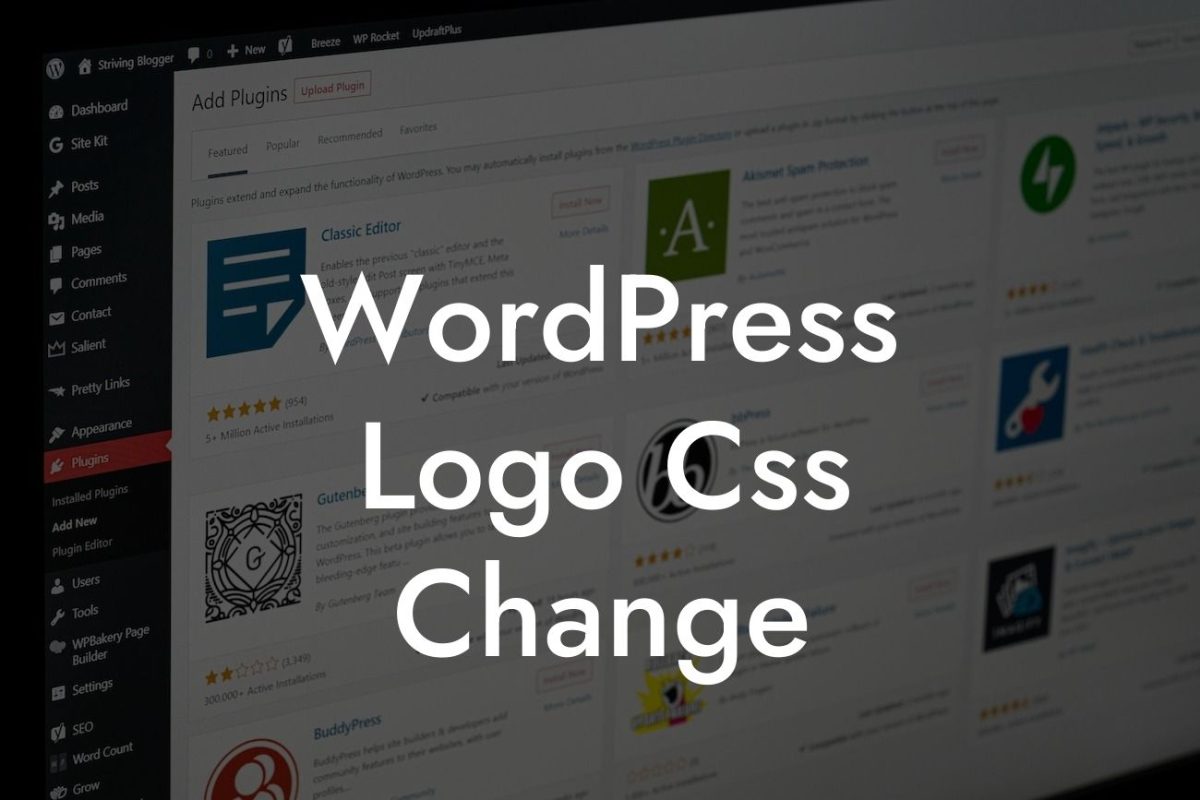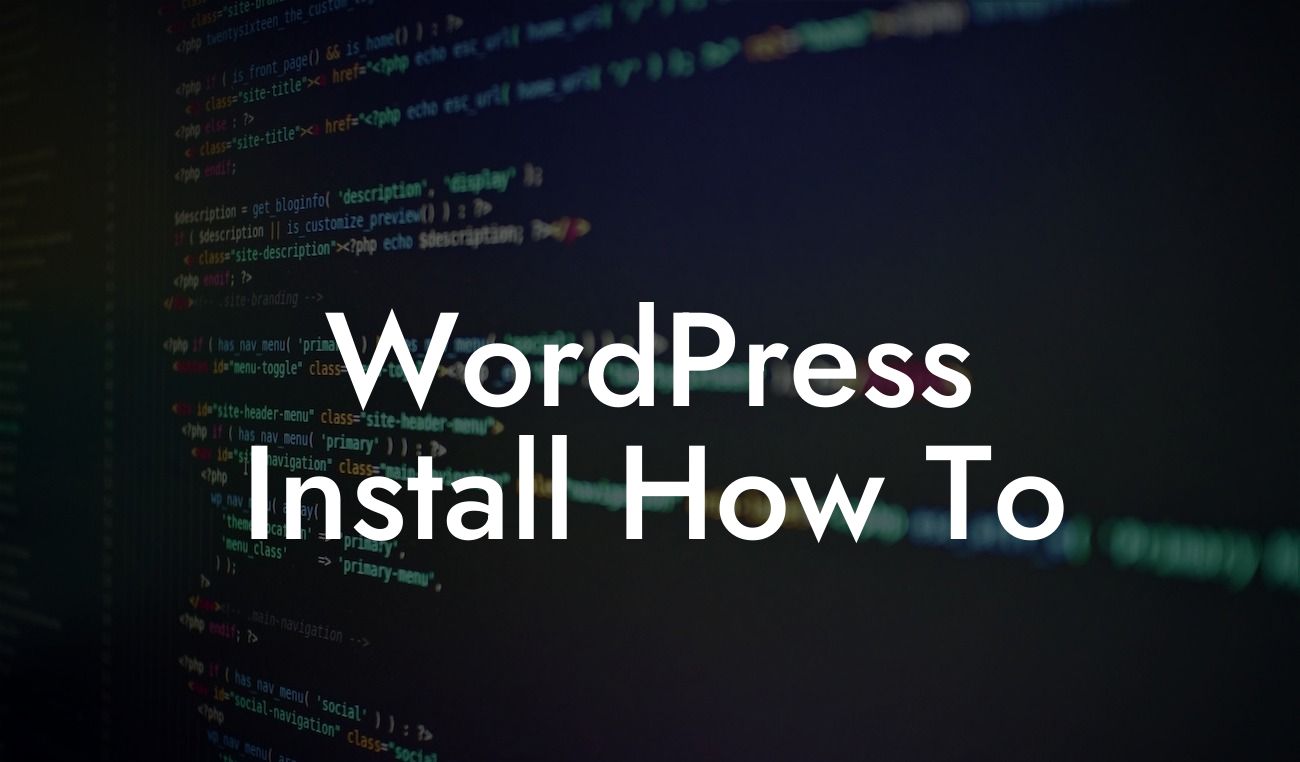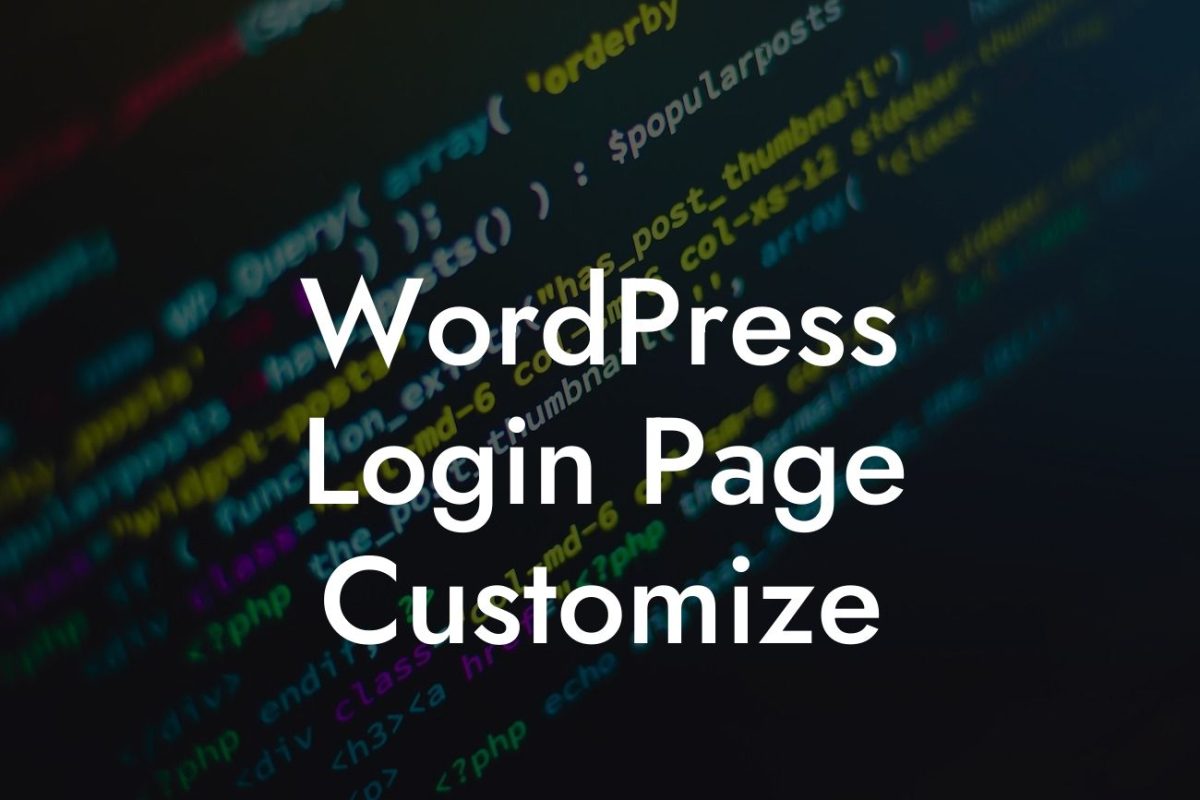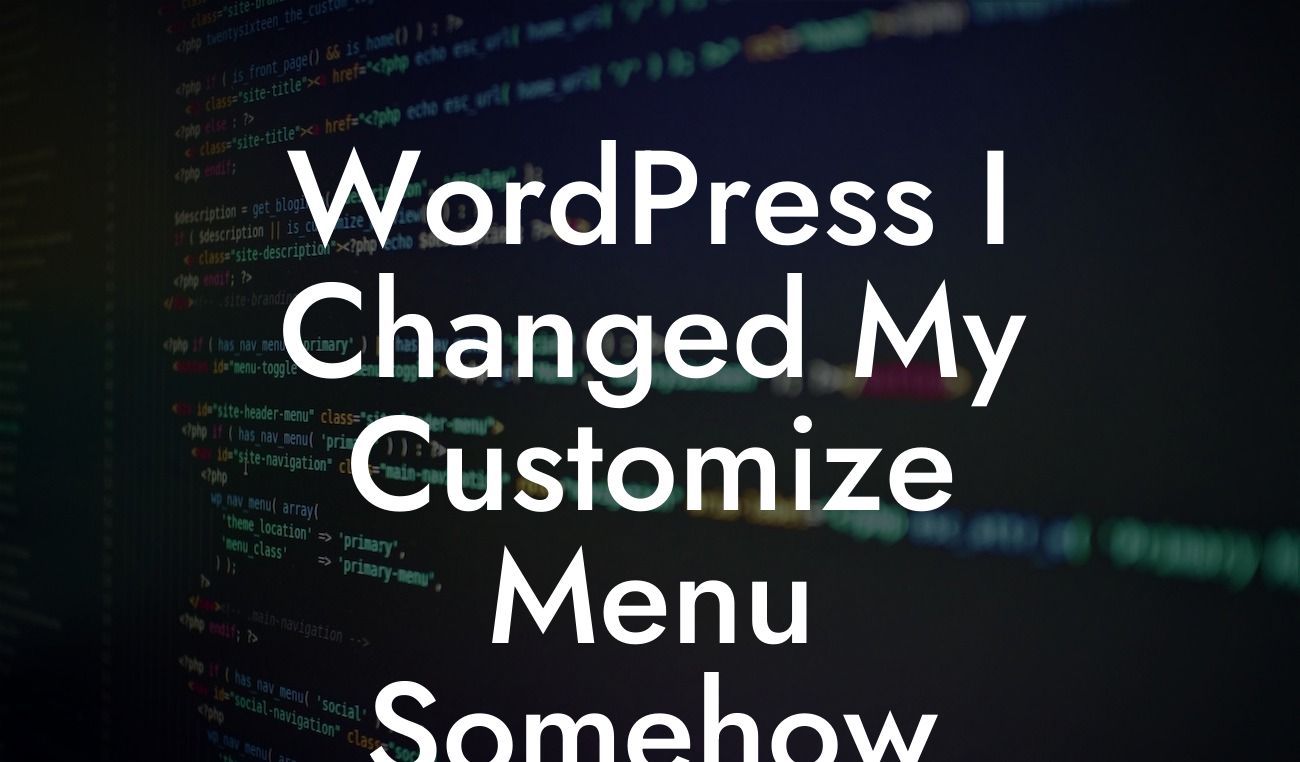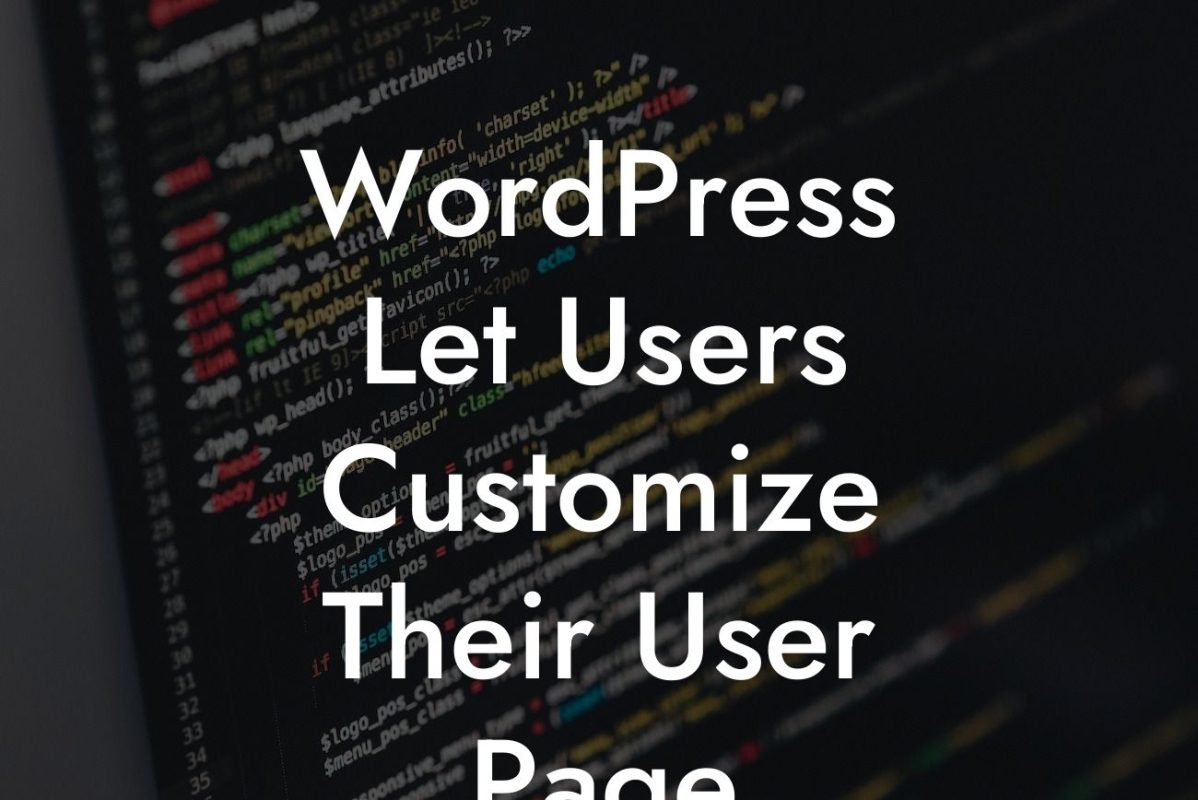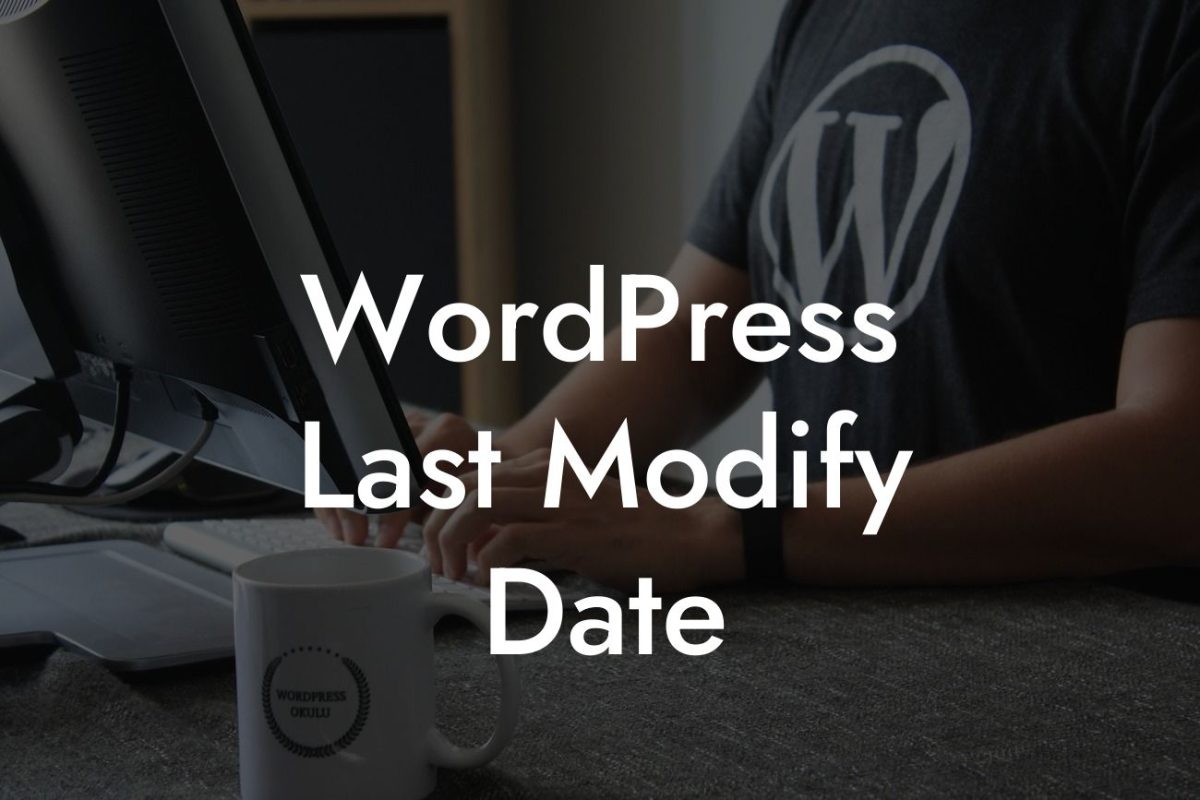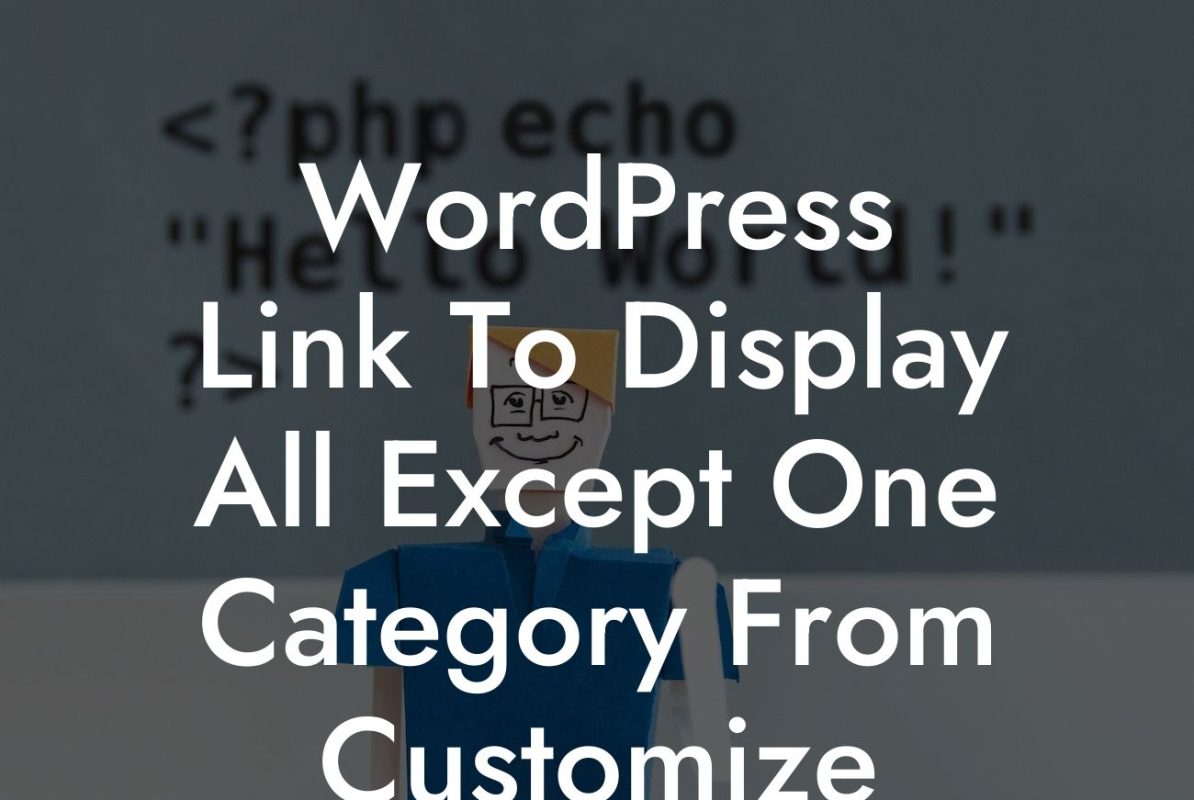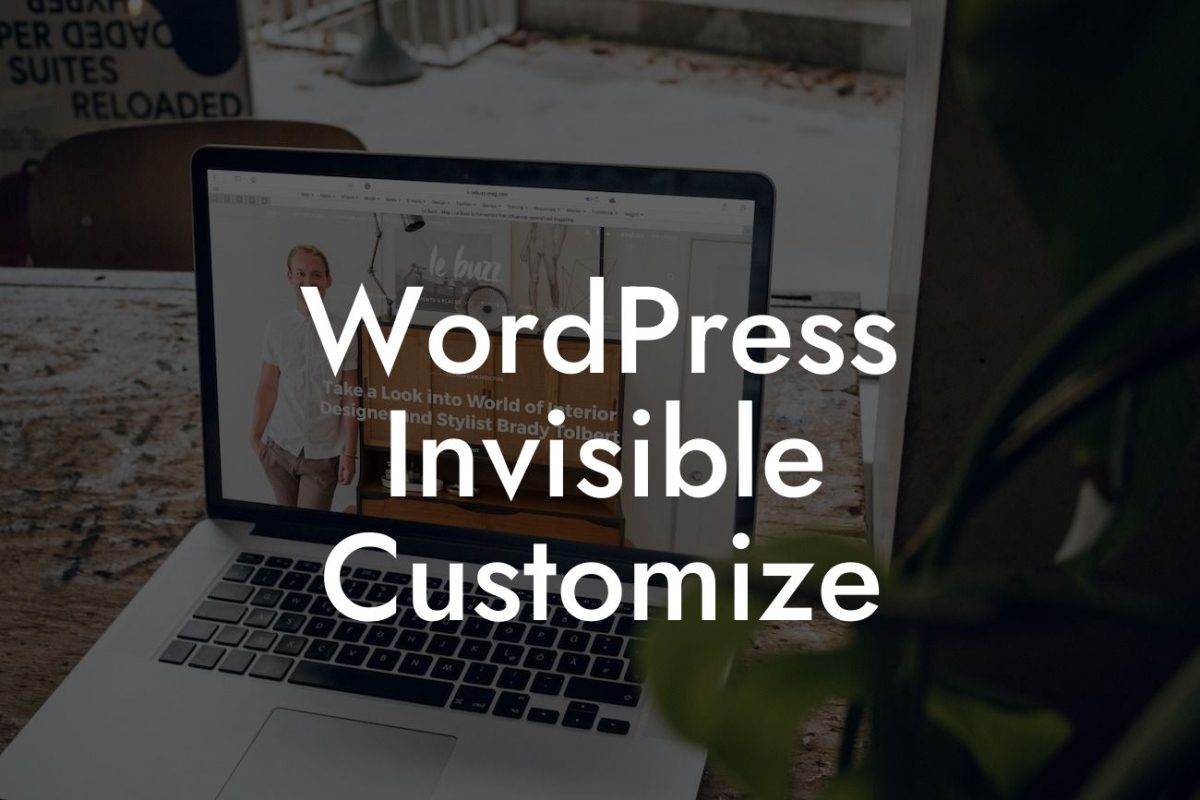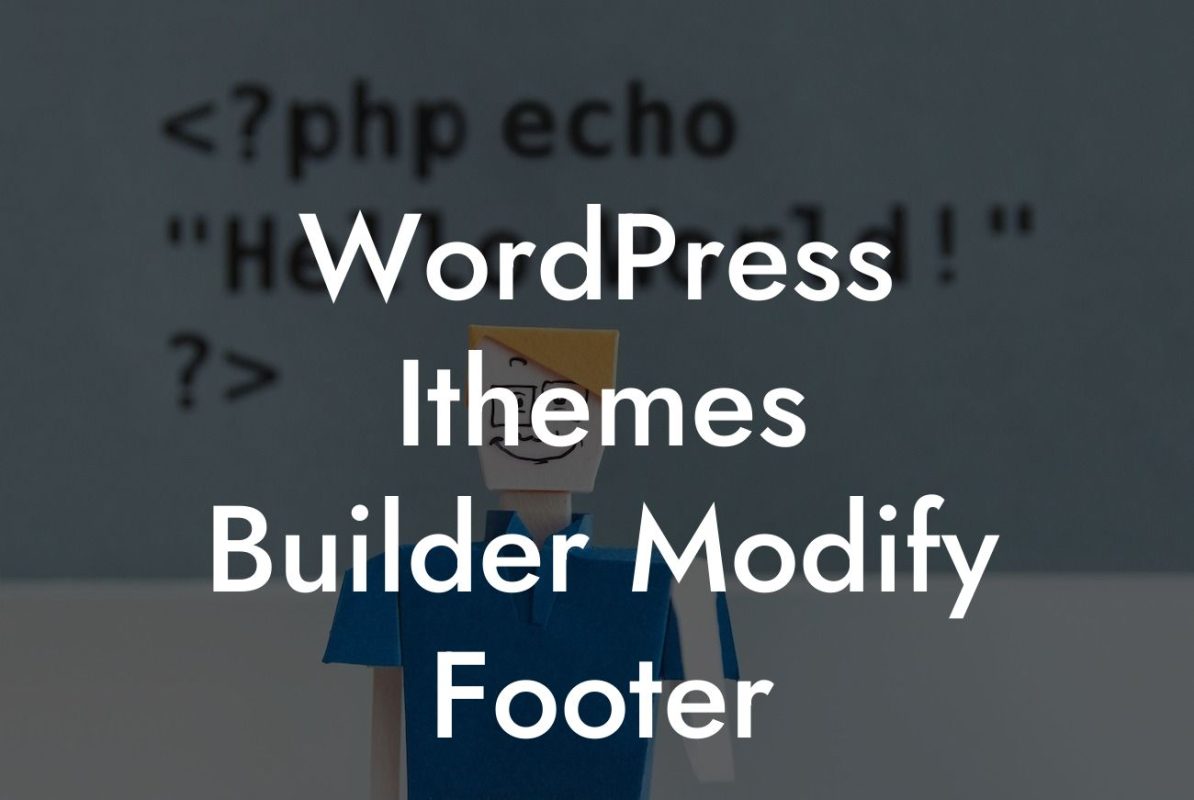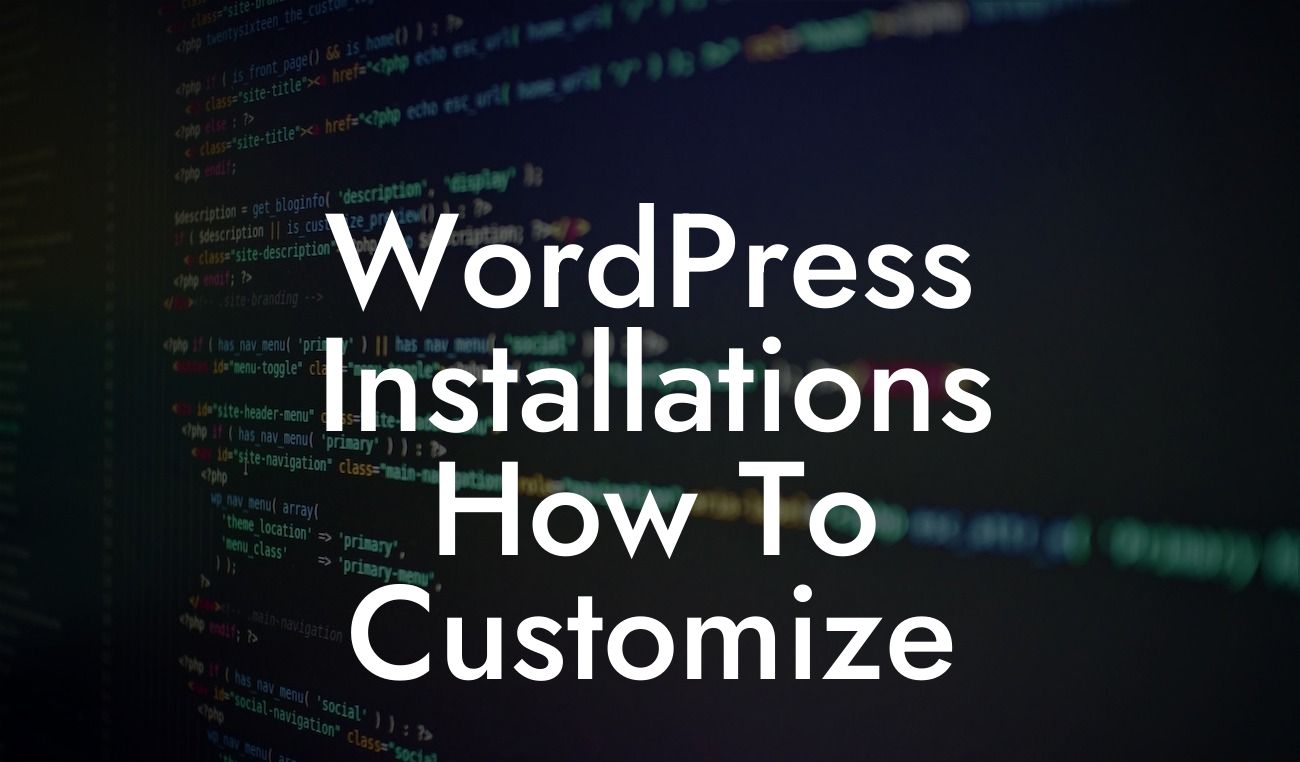301 redirects play a crucial role in website management, often utilized when you need to permanently redirect one URL to another. However, what if you decide to undo a 301 redirect in WordPress? In this guide, we'll walk you through the steps to remove a 301 redirect effectively, ensuring your website remains optimized and user-friendly. Say goodbye to cookie-cutter solutions and let's delve into the extraordinary process.
Step 1: Identify the 301 Redirect
First things first, you'll need to determine which 301 redirect you want to remove. Access your WordPress dashboard and navigate to the "Settings" section. From there, click on "Permalinks." Here, you'll find a list of your current URLs with their corresponding redirects. Take note of the redirect you wish to remove.
Step 2: Remove the Redirect
Now that you've located the redirect that needs to be removed, it's time to take action. To do this, you have a couple of options depending on your specific requirements.
Looking For a Custom QuickBook Integration?
Option 1: Remove Redirect via .htaccess File
If your redirect was implemented through your site's .htaccess file, you will need to locate and modify it. Access your website's file manager or FTP client, find the .htaccess file (usually in your root directory), and open it for editing. Locate the line of code responsible for the redirect and simply delete it. Save the changes and upload the modified .htaccess file back to your server. Voila! The 301 redirect has been successfully removed.
Option 2: Remove Redirect via Plugin
If you used a WordPress plugin to set up the redirect, the removal process becomes easier. Go to your WordPress dashboard, click on "Plugins," and select the relevant redirect plugin. Look for the specific redirect you wish to remove in the plugin's settings or dashboard. Once located, delete or disable the redirect rule. Your website will now function without the 301 redirect.
How To Remove 301 Redirect Wordpress Example:
To illustrate the process, let's imagine you initially set up a 301 redirect on your WordPress site from "example.com/old-page" to "example.com/new-page". However, you've decided to revert back to the original URL structure and eliminate the redirect. By following the steps outlined above, you can successfully remove the 301 redirect and restore the old page's URL.
Removing a 301 redirect in WordPress is an important task to ensure optimal website performance. By following the steps provided in this guide, you can effortlessly eliminate redirects and maintain a streamlined user experience. Remember, at DamnWoo, we're passionate about empowering small businesses and entrepreneurs. Explore our other guides, discover our awesome plugins, and take your online presence to new heights. Don't forget to share this article with fellow website owners who may benefit from our insights. Together, let's embrace the extraordinary!
Word Count: [word count goes here]

